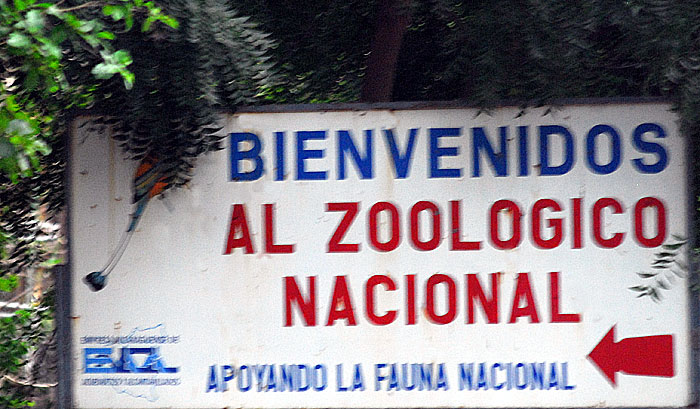Spider Monkeys:
Kingdom: Animalia
Phylum: Chordata
Class: Mammalia
Order: Primates
Family: Atelidae
Subfamily: Atelinae
Genus: Ateles
E. Geoffroy, 1806
Type species
Simia paniscus
Linnaeus, 1758
Species
Ateles paniscus
Ateles belzebuth
Ateles chamek
Ateles hybridus
Ateles marginatus
Ateles fusciceps
Ateles geoffroyi;
Spider monkeys are New World monkeys of the family Atelidae, subfamily Atelinae. Found in tropical forests from southern Mexico to Brazil, spider monkeys belong to the genus Ateles; the closely related woolly spider monkeys, are in the genus Brachyteles.
As they require large tracts of undisturbed forest and specialize on ripe fruits, spider monkeys may be considered an indicator species; the monkeys are threatened by habitat destruction through continued growth in South American agriculture.
Disproportionately long, spindly limbs inspired the spider monkey's common name. Their deftly prehensile tails, which may measure up to 89 centimetres, have highly flexible hairless tips complete with skin grooves similar to fingerprints; this adaptation to the spider monkey's strictly arboreal lifestyle grants the monkeys a fifth hand of sorts. Adults reach an average body length of 20 inches and a weight of 6.4 kilograms.
Spider monkeys have hook-like, narrow and thumbless hands; the fingers are elongated and recurved. The hair is coarse, ranging in colour from a ruddy gold to brown and black; the hands and feet are usually black. Heads are small with hairless faces. An unusually long labia in females may be mistaken for a penis; its function is unclear.
There is speculation that the alleged Loys's Ape is actually a large spider monkey, but this is still a matter of intense debate amongst cryptozoologists.
|





